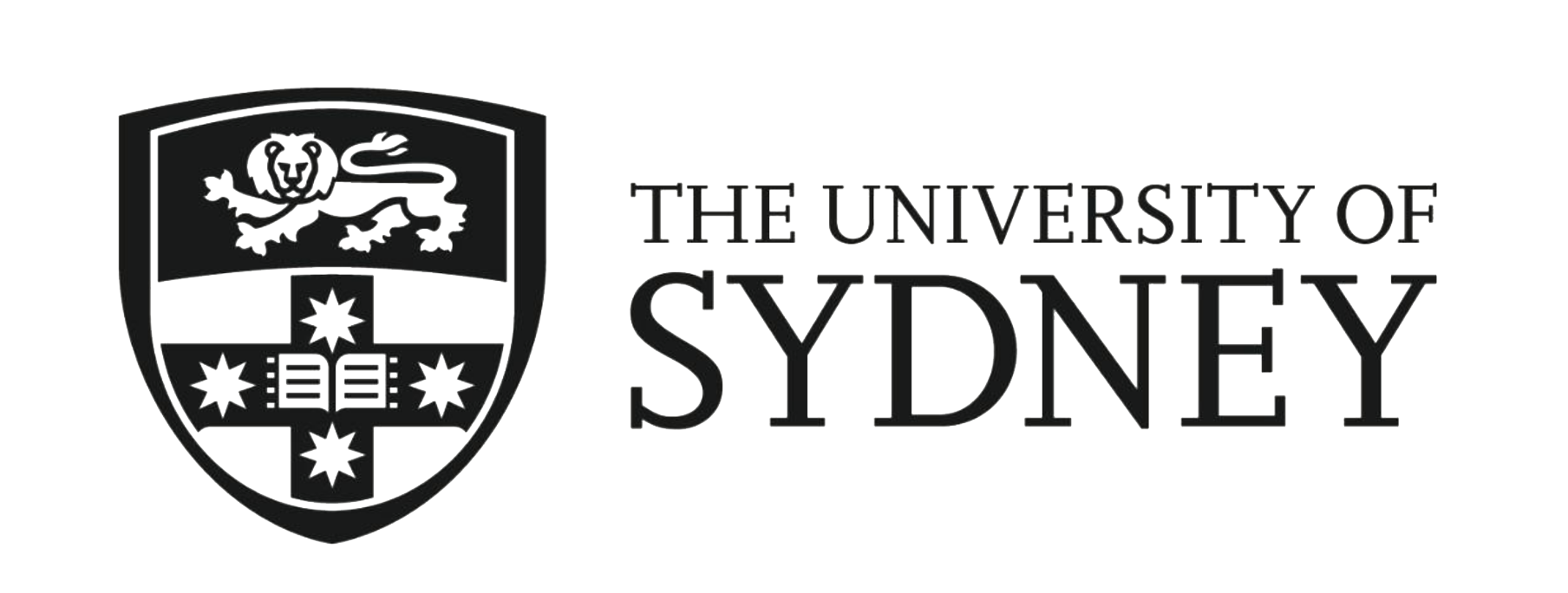More than two years after all three automakers in Australia announced they were closing down their manufacturing activities here, the shutdown of the entire industry is now at hand. That last Australian-made Ford car rolled off the assembly line in Broadmeadows, Victoria last week. Holden and Toyota factories will close next year. Despite their long foreshadowing, the impending closures will exact a huge economic and social toll on autoworkers, their communities, and the national economy.
One aspect of the industry’s demise that must be acknowledged (not least so that its lessons can be applied to other sectors) is the impact of Australia’s unilateral liberalisation in automotive trade on the industry’s footprint here. As part of their general acceptance of the logic of globalisation, Australian policy-makers (both Labor and Coalition) oversaw a dramatic reduction of barriers to automotive imports beginning in the 1980s. This consisted of large reductions in the most-favoured nation vehicle tariff (which fell from 57.5% in 1985 to just 5% by 2011, making it one of the lowest MFN tariffs of any country); the elimination of other restrictions on vehicle imports (like quotas or permitting); and the implementation of bilateral free trade agreements with several auto manufacturing countries (thus providing their vehicles tariff-free access to the Australian market).
Every chapter in this liberalisation – from the so-called “Button Plan” in 1984, to the “Bracks Plan” in 2008, to the negotiation of FTAs with the U.S., Thailand, Korea, Japan, and China – featured confident predictions that liberalisation would facilitate the export-oriented rationalisation of Australian auto production. Instead of producing small runs of vehicles aimed largely at domestic consumers, free trade advocates predicted trade liberalisation would prod domestic producers to reorient production toward global markets, achieving economies of scale and higher total output. Of course, another outcome was possible: with disincentives for imports mostly eliminated, global OEMs might simply choose to serve Australia’s lucrative vehicle market from offshore production, rather than producing anything in Australia at all.
Unfortunately, that is exactly what occurred. Vehicle production began falling in the wake of the Button Plan’s steep tariff reductions in the late 1980s (Figure 1). It stabilised somewhat in the late 1990s and early 2000s – until a soaring exchange rate, the Global Financial Crisis, and the new generation of FTAs all served to undermine the market for Australian-made vehicles. Growth in vehicle exports was far smaller than the loss of domestic sales for Australian producers, so net Australian output plunged in the latter half of the 2000s. With Australian plants operating well below minimum efficient scale, and no sign from the Coalition government that it cared whether the industry remained here or not, the three remaining automakers pulled the plug.

Source: Automotive Review Secretariat, Review of Australia’s Automotive Industry (Canberra: Commonwealth of Australia, 2008), Ward’s Auto Reference Centre (on-line), https://wardsauto.com/, and Australian Bureau of Statistics, Demographic Statistics, Cat. 3101.0.
Figure 1 underestimates the extent of automotive trade liberalisation, because the MFN tariff rate pictured there does not take account of the elimination of tariffs with Australia’s FTA partners. Australia now has FTAs with five major automotive-producing countries: Japan, Korea, Thailand, the U.S., and China. (So far Australia imports only automotive components from China, but that will change as China begins mass exports of finished vehicles.) With each FTA partner, Australia incurs an enormous imbalance between automotive imports and exports (Table 1). In no case did an FTA produce any measureable increase in offshore demand for Australian-made vehicles – and that demand was small (in the U.S. case) to non-existent (for the Asian FTA partners) to begin with. But auto imports surged relentlessly. By 2015, Australia’s combined automotive trade deficit with these five automotive-producing FTA partners reached over $20 billion. Automotive imports from those five countries now collectively outweigh Australian exports by a ratio of forty-to-one. Where motor vehicles are concerned, therefore, “free trade” is very much a one-way street. (That same is true for Australia’s FTA trade in most other manufactured products.) There can be no doubt that the implementation of these FTAs, with no provisions to ensure a reciprocal flow of exports or continued domestic production, contributed to the end of vehicle manufacturing in Australia.
| Table 1
Automotive Trade Under Australia’s Free Trade Agreements (2015, $million) |
||||
| Country | Australian Imports | Australian Exports | Trade Balance | Ratio of Imports to Exports |
| Japan | 8,229 | 29 | -8,199 | 279 |
| Thailand | 6,192 | 26 | -6,166 | 237 |
| U.S. | 3,574 | 413 | -3,161 | 9 |
| Korea | 2,495 | 39 | -2,457 | 65 |
| China | 626 | 25 | -601 | 25 |
| Total | 21,117 | 533 | -20,585 | 40 |
| Source: Author’s calculations from Department of Foreign Affairs and Trade, “Trade statistical pivot tables,” https://dfat.gov.au/about-us/publications/Pages/trade-statistical-pivot-tables.aspx. Includes sectors 781-784. | ||||
The assumption that trade liberalisation would naturally and automatically produce a mutual and balanced specialisation, allowing Australian industry to tap into foreign markets and achieve efficiency gains, was naïve. In fact, Australia’s liberalisation, lacking any requirements for continued Australian production or limits on the size of automotive trade imbalances, simply eliminated the motive for global automakers to maintain any production presence in Australia at all. This bitter lesson must be kept in mind as Australians consider other trade liberalisation initiatives (like proposed trade deals with India, Indonesia, and the TPP), and their likely impact on manufacturing industries that remain here.
Despite the lopsided nature of Australia’s automotive trade, Australia still exported $3.1 billion worth of automotive products in 2015; key markets for exports include New Zealand and the Middle East. The cessation of vehicle assembly here will therefore have a further negative impact on Australia’s already-worrisome international trade performance. In fact, motor vehicles and components constitute Australia’s second-largest category of “elaborately transformed merchandise” (ETM) export,[1] constituting over 10 percent of total ETM exports last year. The loss of those exports once vehicle assembly has closed down, and the replacement of the residual domestic sales of Australian-made vehicles by incremental imports, will knock Australia’s merchandise trade balance (already suffering a record $26 billion deficit in 2015) down by several billion more dollars. And the structural regression of Australia’s export profile will be further cemented. At the turn of the century, ETM products constituted almost one-quarter of Australia’s total merchandise exports. That proportion fell steadily as the resource boom and an overvalued currency resulted in the deindustrialisation of Australian exports (and, indeed, of the whole economy). Without automotive products, ETM products are now poised to fall to barely one-tenth of total exports: in other words, just one dollar in ten of Australian merchandise exports would consist of more technology-intensive, value-added products (rather than unprocessed or barely-processed resource-based commodities), down from one in four in 1999.
None of this is to suggest that the external vehicle tariff should simply have been maintained at 57.5 percent (its pre-liberalisation starting point). While high tariff protection was crucial to the initial postwar industrialisation that established automotive manufacturing in Australia, that strategy faced its own costs and limits. Rather, the key policy lesson that should be learned from this bitter story is that trade liberalisation must be accompanied with strong and pro-active measures to retain a critical mass of domestic production, with meaningful export potential, in strategic industries like automotive manufacturing. Otherwise, trade liberalisation can simply remove the basis for existence of entire industries – as the imminent shutdown of automotive manufacturing has painfully proven.
[1] The Department of Foreign Affairs and Trade groups merchandise exports into three broad categories: primary, simply transformed, and elaborately transformed products. The largest category of ETM exports in 2015 was specialized machinery, worth $4.5 billion. Source: author’s calculations from Department of Foreign Affairs and Trade, “Trade statistical pivot tables,” https://dfat.gov.au/about-us/publications/Pages/trade-statistical-pivot-tables.aspx.




Comments